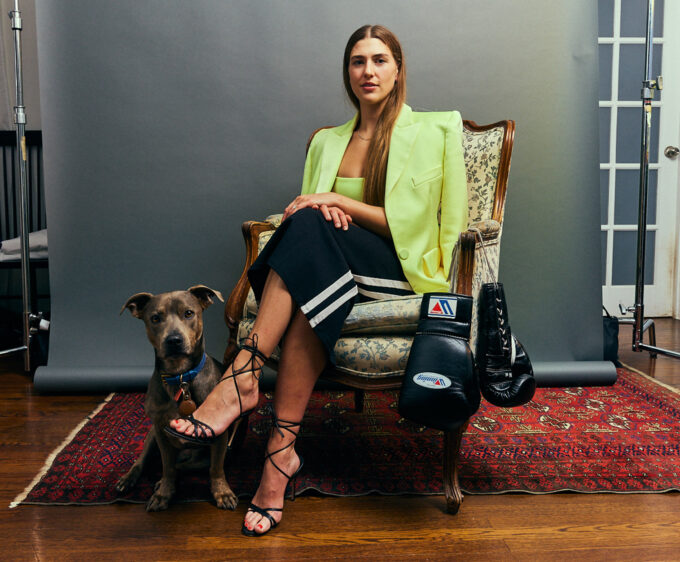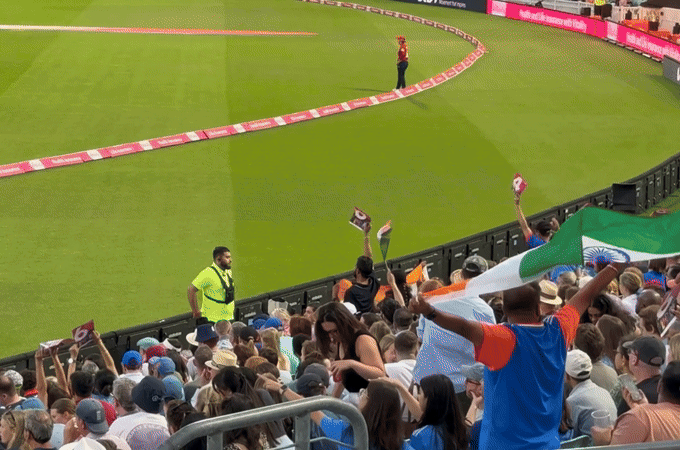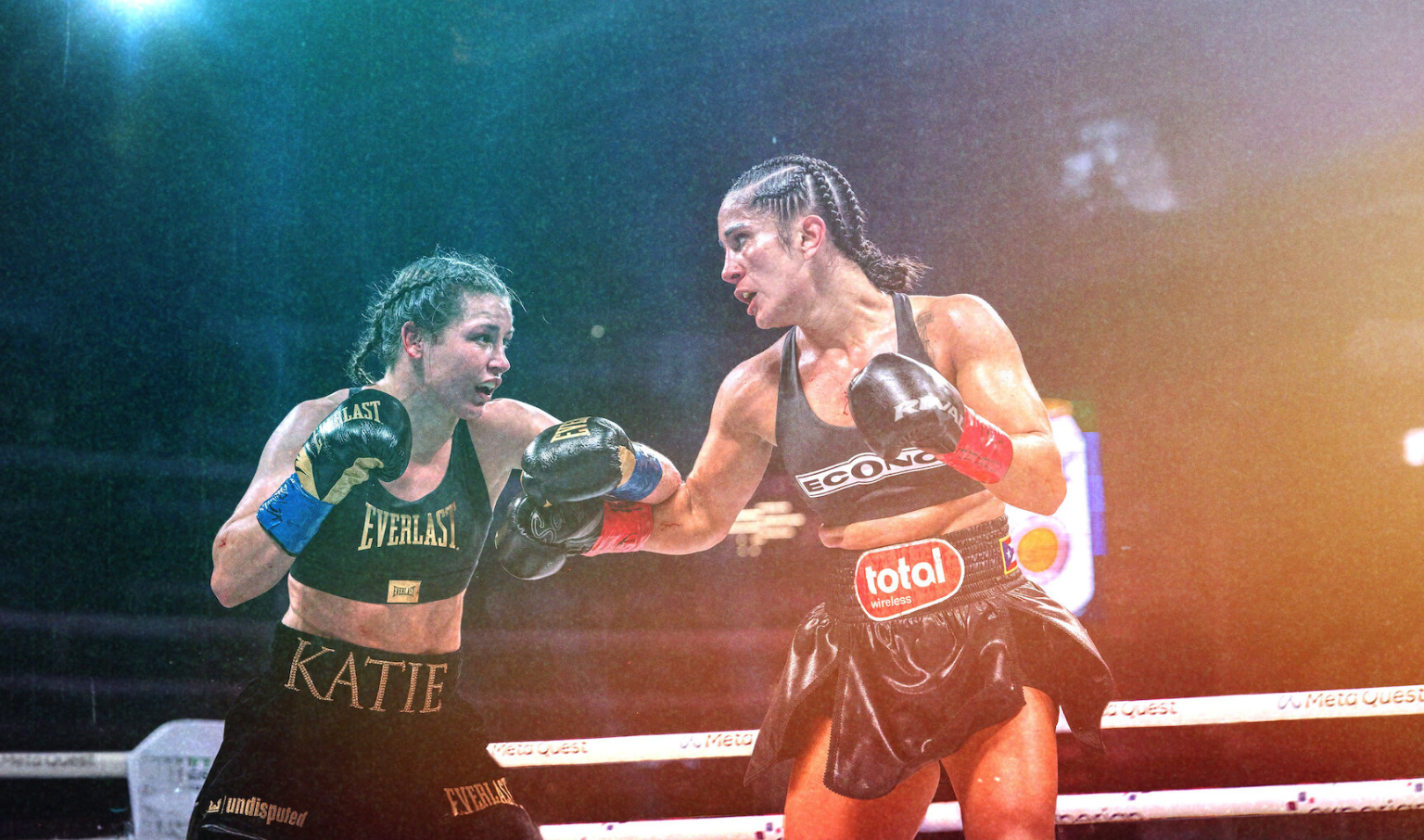
Boxing the Algorithm
What do true crime podcasts, Chicken Shop Date, celebrity court trials and women’s boxing all have in common? They’re all in my feed. When Netflix served up Taylor vs Serrano III on my homepage, it felt less like a suggestion and more like a shift. Here's why.
By Glorious
My algorithm knows me well.
It knows I like the odd cooking video. It knows I was obsessed with Stephanie Soo’s coverage of the Diddy trial, and divided up her lengthy episodes into a daily binge, like a courtroom soap opera. It remembers I enjoy watching dogs being reunited with their owners after being lost for ages, and it knows I watch women’s sport- not obsessively, not in any structured way, but often enough to be clocked.
My Netflix knows me too. It knows I like a British crime drama. It knows I’ve developed a penchant for documentaries about billionaires trapped in things: submersibles, private islands, lawsuits. It knows I like sport. But only recently, in the past few months, I’ve started to notice more women’s sport-related content, usually offered through the “Because you watched” mechanism or appearing briefly on the discovery page before vanishing again.

I’d been served F1: The Academy, Netflix’s behind-the-scenes look at the all-female junior series, and Sprint, which does include women but leans heavily on the men’s stories. Dallas Cowboys Cheerleaders: Making the Team showed up too. They were all there in passing, in the algorithmic shuffle, but none of them had ever felt like a proper moment.
Then earlier this month, I opened Netflix and there it was. Not suggested for me, not buried in a submenu, but full top billing. A promotional documentary: Countdown. Taylor vs Serrano. The build doc to their trilogy fight. Footage from the first two bouts. A montage of belts, bruises, media obligations. Behind-the-scenes clips. Staredowns. Quotes. Training. That familiar cold-blooded focus from Taylor, the coiled readiness from Serrano. Of course I clicked.
From that point on, it was everywhere. For days leading up to the fight, my feeds -social, streaming, and news – were full of it. Press conferences. Campaign stills. Cameras. Headlines. The two fighters even made a cameo interrupting Hollywood A-listers Uma Thurman and Charlize Theron mid–chicken wing on YouTube’s famed Hot Ones. This was a structured campaign, delivered with the same pacing and visual tone as any blockbuster, colliding sport with entertainment. Netflix Sports and Most Valuable Promotions, founded by Jake Paul and Nakisa Bidarian, were behind it. This wasn’t a last-minute upload. It was a global rollout.
The fight took place on 11 July, streamed live from Madison Square Garden. It was billed as the biggest women’s boxing event ever staged. The third meeting between Taylor and Serrano, this one stood entirely on its own. No heavyweight distraction, no men’s main event, just a stacked card of women’s bouts culminating in two of the greatest fighters of their generation going at it again. Promotion was relentless: Times Square billboards, campaigns across the US, Ireland and Latin America, live-streamed weigh-ins. Netflix gave it the full blockbuster treatment.
Netflix reported an average minute audience of just under six million, meaning nearly six million people were watching at any given moment during the live broadcast. It trended across Netflix’s homepage in over 40 countries. It became the most-watched women’s sports broadcast Netflix has ever hosted. And it followed last year’s Taylor vs Serrano II, which ran as co-main event under the Tyson-Paul card. That second fight pulled a total viewership of over 74 million. This time, the spotlight wasn’t shared. It was theirs alone, and the audience stayed with them.
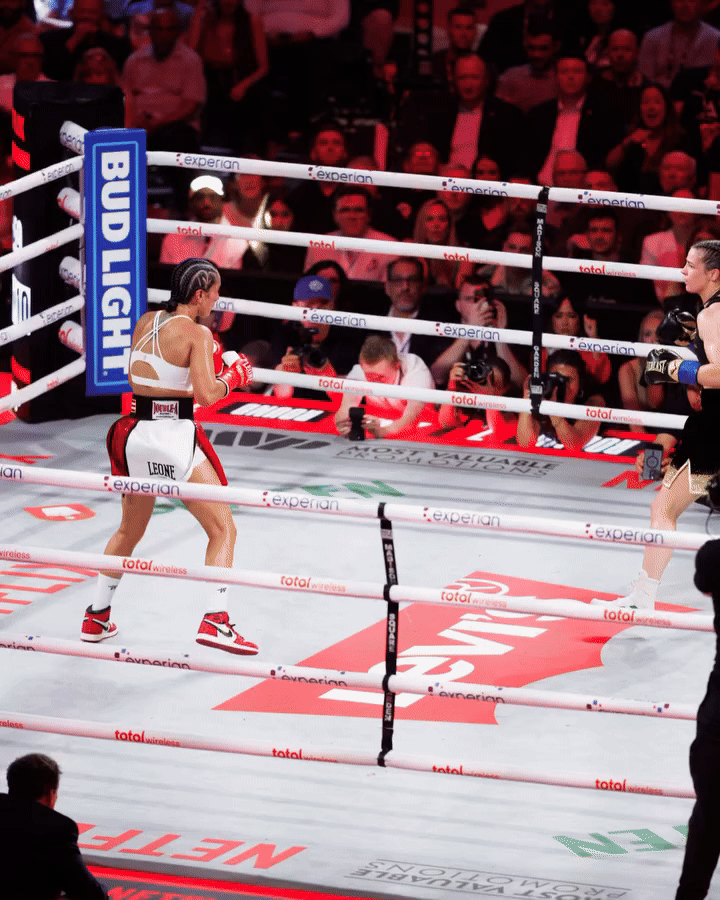
Madison Square Garden was sold out. Over 19,700 tickets and a gate of $2.63 million made it the highest-grossing women’s combat sports event ever. Taylor and Serrano reportedly earned in the region of $6 to $9 million each, placing them among the highest-paid female fighters in history. Seventeen world title belts were contested across the night, a record was confirmed by Guinness World Records.
This wasn’t positioned as a novelty. It wasn’t an exception. It felt like a turning point. Real money. Real production. Global reach. It offered a blueprint for what women’s sport can look like when delivered with the same intent as the men’s: build-up, marketing spend, narrative, star power, audience strategy. It gave fans a destination, not a compromise.
That destination also relied on discovery. Netflix reported an average watch time of over 50 minutes per viewer. That means people stayed. They weren’t tuning in for novelty or skipping to the knockout. They watched it like sport. And outside Netflix, the ripple effect showed. YouTube views of women’s boxing content rose 320 percent. TikTok clips from Netflix Sports reached more than 70 million combined views. On Instagram, training montages and promo stills dominated Reels in multiple languages. The campaign was smart, sharp, and persistent. The algorithm did its job.
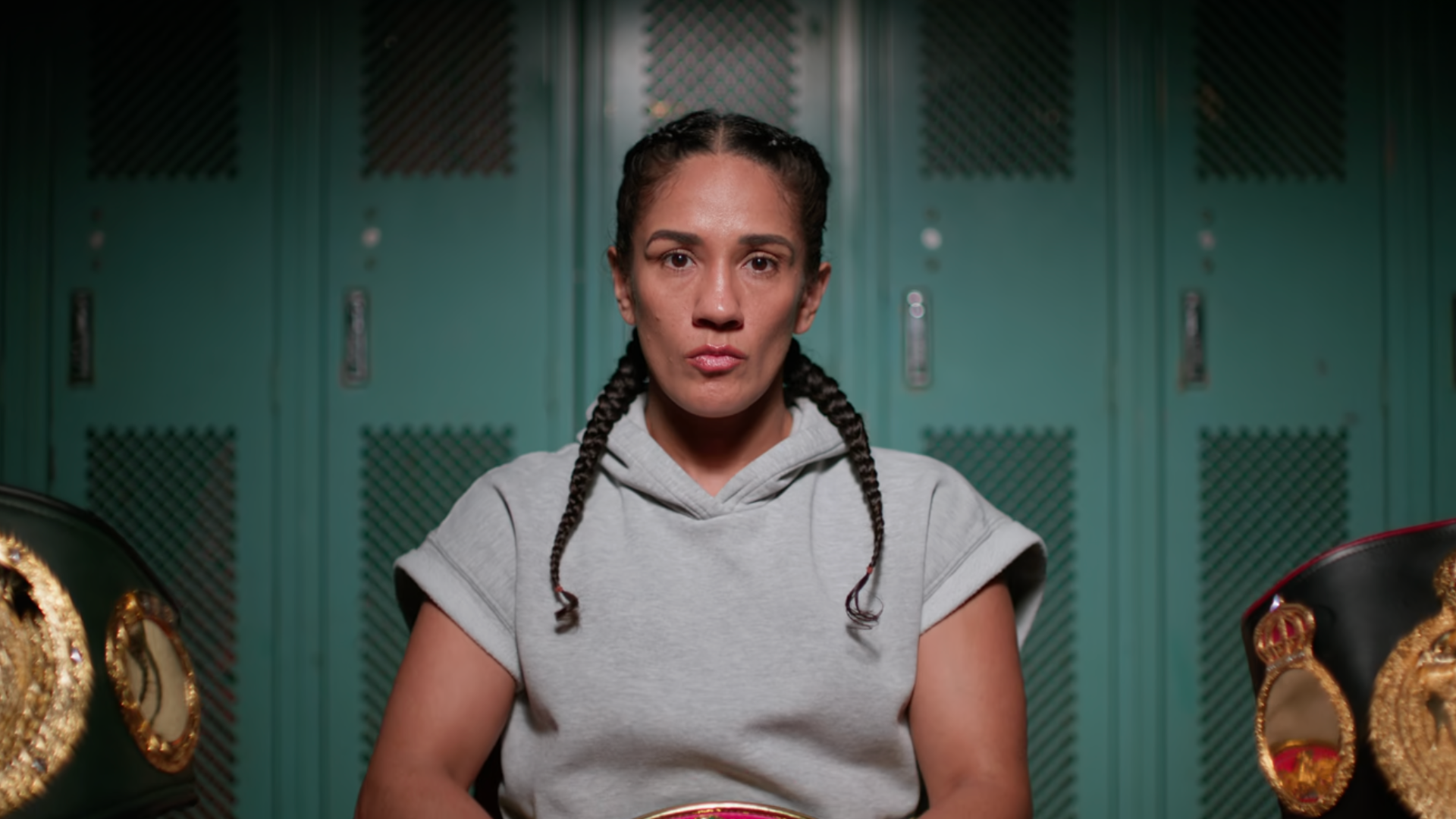
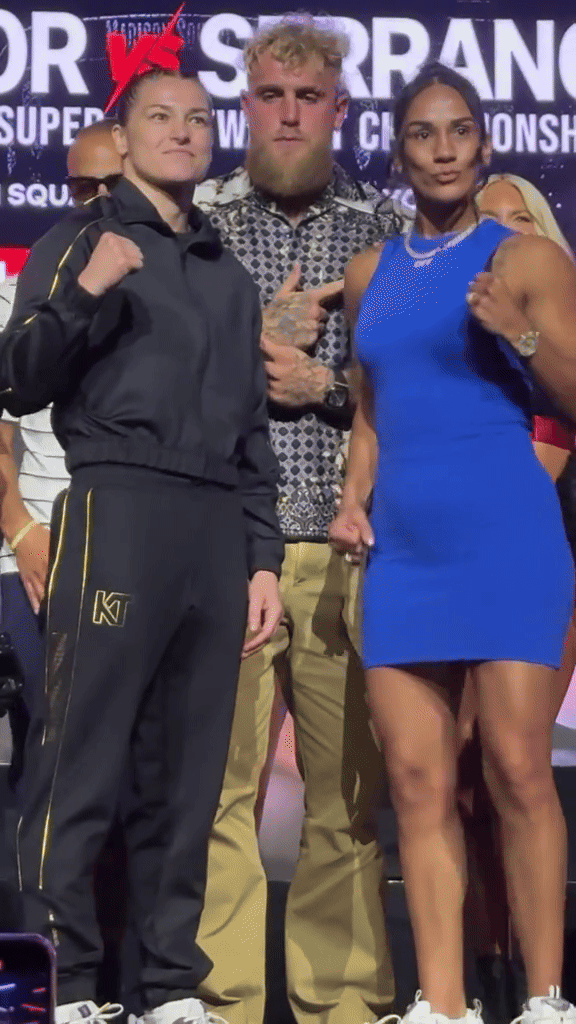
It’s here that the broader question comes in. Is streaming the future of women’s sport? Not as an add-on or archive, but as the first stop for viewers? Because traditional broadcast still struggles. In 2021, a widely cited Women in Sport figure claimed just 6 percent of sports media coverage in the UK featured women’s sport. That figure has been challenged, and later research from the Women’s Sport Trust shows growing visibility: nearly 33 million people watched domestic women’s sport in the UK in 2021, a number that’s risen steadily since. But where the growth has really accelerated is online.
Deloitte’s 2025 report estimates elite women’s sport will generate $2.35 billion this year, up from $1.88 billion in 2024. More than half of that revenue is commercial: partnerships, merchandise, and increasingly, streaming rights. That’s not just a funding stream. It’s a visibility pipeline. And non-speciality platforms like YouTube, TikTok, Amazon and Netflix are leading it.
You can see it in other sports too. The WNBA now generates more than 130 million TikTok impressions in a two-month window. YouTube Shorts content featuring players like Angel Reese, Caitlin Clark, and A’ja Wilson regularly surpasses one million views per clip. ESPN+ has built a steady WNBA streaming base, and Amazon Video continues to trial exclusive packages. But the breakout moments still rely on the power of individual athletes.
EXCELLENCE
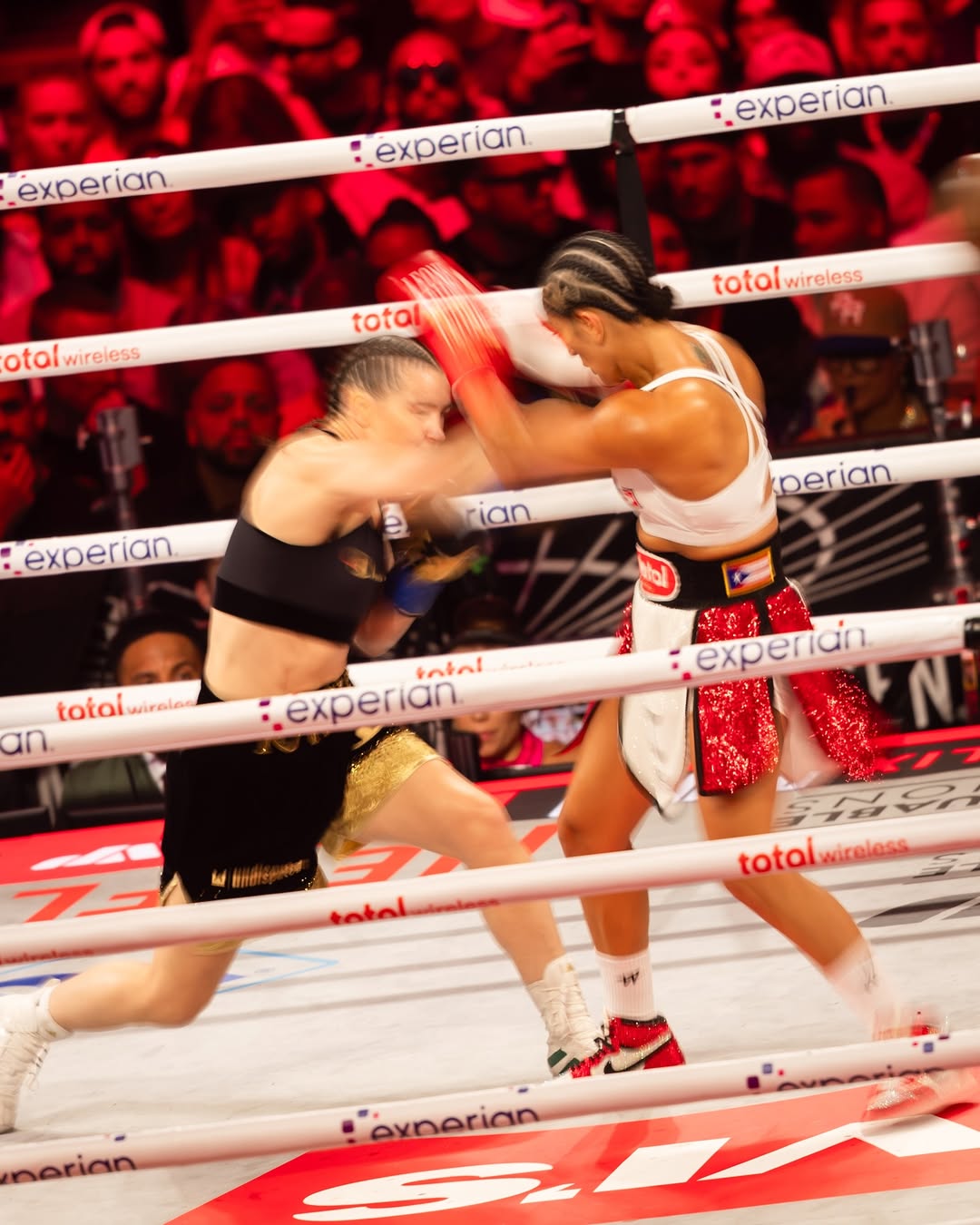
The so-called Caitlin Clark Effect is very real. Her games attract broadcast spikes, break college attendance records, and shape sponsor deals. She turns casual fans into followers. So when Netflix backs fighters like Taylor and Serrano alongside their promoters, Matchroom Boxing for Taylor and Most Valuable Promotions for Serrano, with high production, vivid storytelling and regular visibility, it mirrors a strategic investment in top-tier women’s talent.
Most Valuable Promotions (MVP) has taken a distinctly modern approach since it’s inception in 2021, the company has focused heavily on building a stacked female roster, with Amanda Serrano as its marquee name and co-partner. Serrano has headlined every MVP card to date, and the brand has made clear its commitment to women’s boxing by signing and developing fighters like unified world featherweight champion Nina Meinke, Australian standout Avril Mathie, and young prospects including Shadasia Green. The tone and packaging of MVP events reflect a broader push toward parity. Female fighters don’t appear as support acts, they are the main attraction.
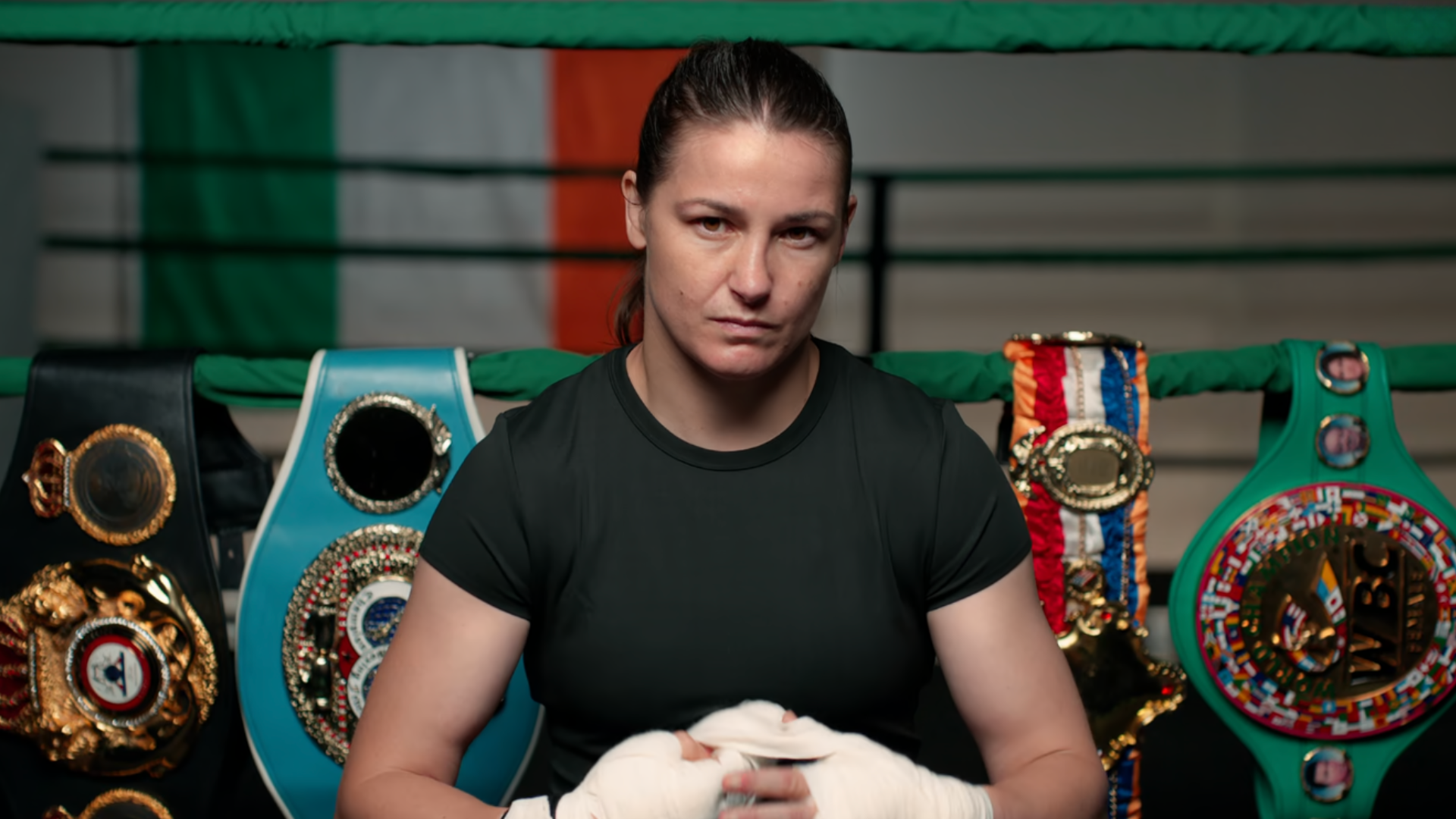
Matchroom Boxing brings both heritage and ambition to the table. It has long championed female fighters, most notably Katie Taylor. Its recently signed one of the most exciting new British talents, 18-year-old Tiah‑Mai Ayton, undefeated her amateur career before turning professional this year as well as established fighters such as Skye Nicolson, who secured both Commonwealth and WBC titles under the promoter, and lightweight world champion Beatriz “The Beast” Ferreira, another high-profile prospect. Molly “Meatball” McCann, already a global household name from MMA, began her career in the boxing ring and brings a phenomenal amateur pedigree with her. She just signed a long-term deal with the boxing giant to launch a serious return to the sport, not as a curiosity but as a genuine contender for a world title.
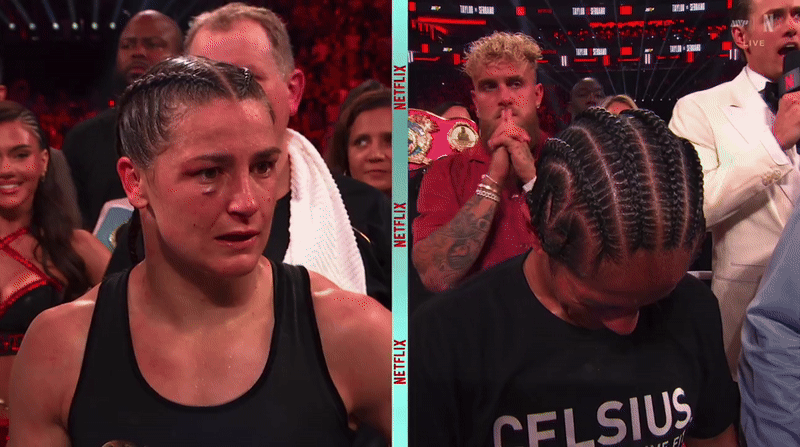
Other British promoters are also investing in developing their female talent. Boxxer has built an impressive roster including Caroline Dubois, Fran Hennessy, and Lauren Price, all of whom represent elite British talent. Though none featured on the Taylor Serrano III card, their presence signals a broader shift: more promoters, more fighters, and more big nights built around women who can headline.
The problem, though, is fragmentation. Casual viewers can’t always find what they didn’t know they wanted. There’s no universal hub. ESPN+ hides its live content in tabs. Amazon often buries sport below its drama categories. Even Netflix lacks a dedicated women’s sport section. Discovery is still passive.
That’s why moments like Taylor Serrano III matter. They jump the queue. They force attention.
Separate platforms like the All Women’s Sports Network, launched by Whoopi Goldberg in 2024, are doing important work, but don’t yet have the reach. AWSN’s partnership with Netball Australia has boosted visibility in Asia-Pacific, but viewership remains niche. The intention is right. The problem is scale.
Which is why Taylor vs Serrano III worked. It didn’t ask for permission. It didn’t wait for a calendar slot or a legacy broadcaster’s favour. It took a prime position on a global platform and made its case.
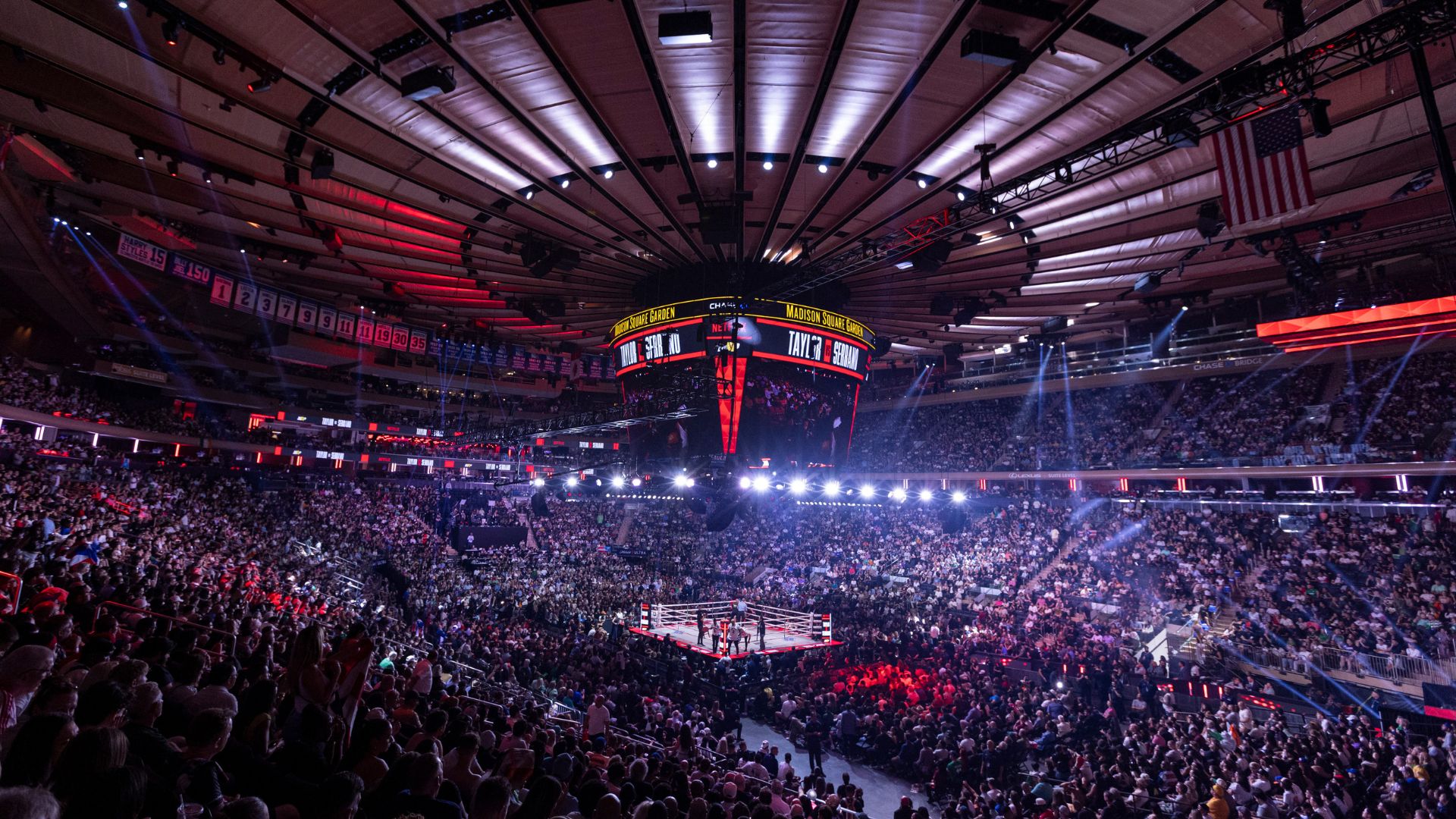
Monumental
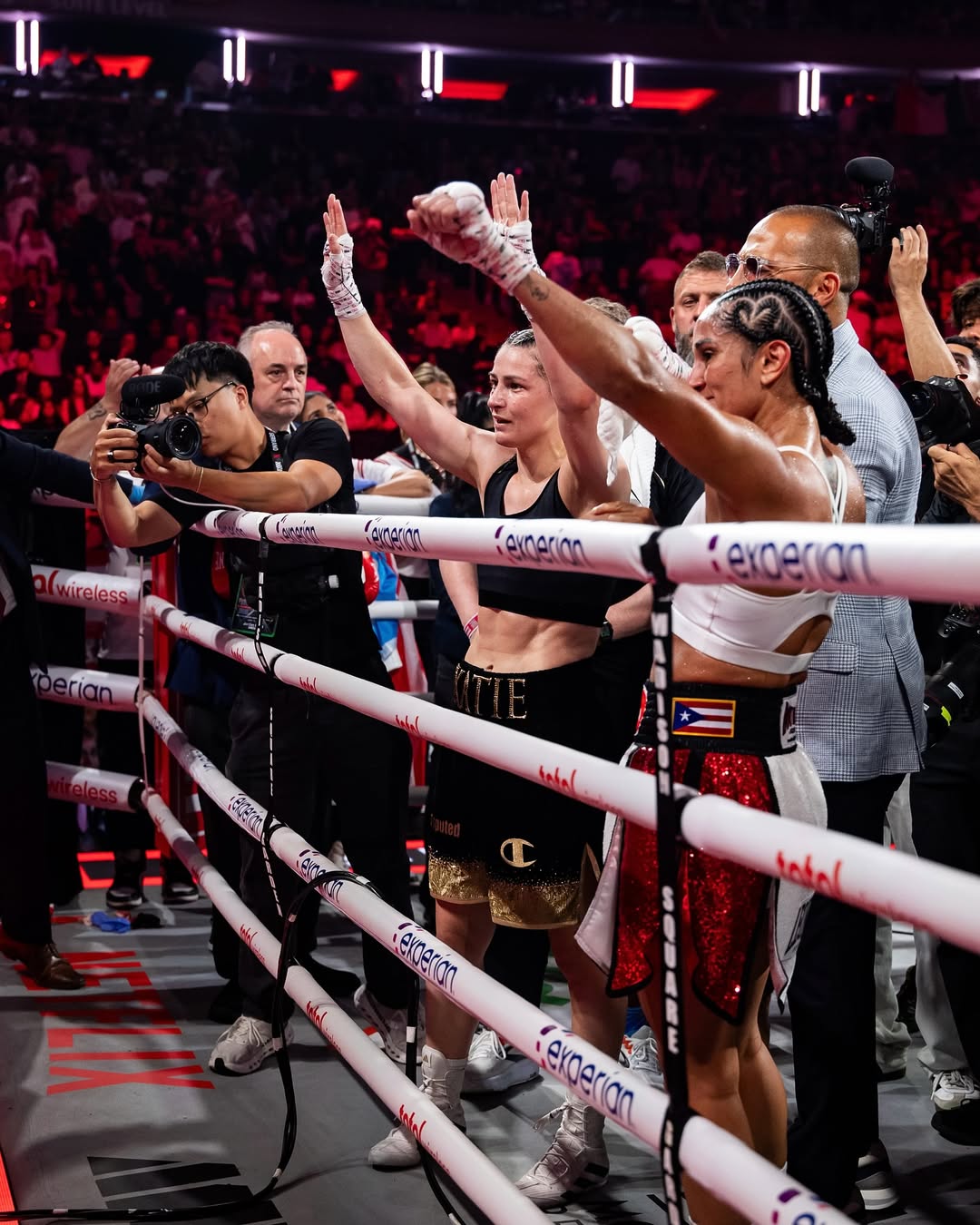
Netflix’s increased commitment to live sport, which began cautiously in 2023, has now solidified with high-profile boxing and wrestling partnerships. Its investment in women’s sport is no accident. Multiple future boxing events are in development with Most Valuable Promotions. Amazon Prime Video is expanding its women’s football content in Europe. DAZN remains central to boxing and football internationally. YouTube continues to do the heavy lifting in short-form discovery.
Of course, none of this guarantees loyalty. Not every click turns into a fan. But visibility creates familiarity, and that drives everything else: audience, investment, infrastructure. The growth is already underway.
Taylor Serrano III wasn’t a curiosity. It was a glimpse of what can happen when everything aligns – platform, promotion, athlete, audience. No compromise. No secondary slot. Just sport, delivered properly.
That moment on the Netflix homepage, two fighters front and centre, no algorithm needed, wasn’t quiet. It was deliberate. It said, this belongs here. It said, people will watch.
And they did. You can still find it there, tucked between true crime and British drama series. Not a moment that passed, but a moment that stayed.
Title image courtesy of Netflix Sports.
Watch the fight here on Netflix.


